Buy this flower art Septets of Three Flowers by Tis Veugen on canvas, ArtFrame, poster and wallpaper, printed on demand in high quality.
About "Septets of Three Flowers"
by Tis Veugen
About the artwork
This non-periodic image with 7-fold rotation symmetry around the sunflower is made of deformed rhombi of 3 categories. In each of the 7 directions the rhombi have a (slightly) different deformation, so that there are 7*6/2 = 21 prototiles, each with a different shape. Similar prototiles have only translation symmetry. There are 7 rhombi (called S) with angles of Pi/7 and 6*Pi/7, 7 rhombi (called D) with angles of 2*Pi/7 and 5*Pi/7, and 7 rhombi (called W) with angles of 3*Pi/7 and 4*Pi/7. The S-prototiles form a sunflower which requires 7 pairs of tiles since 14 * Pi/7 = 2*Pi. The opposite acute angles of these tiles meet in the center of the sunflower. The sunflower picture has no rotation or mirror symmetry; it is cut into 14 pieces, and 2 opposite pieces are rendered in a single prototile requiring some image editing. The 7 D-prototiles form a dahlia with a (original) pink heart. By moving each prototile to the other side of the center, you get the same dahlia, but colored a little blue. This artificial blue coloring is done to show that the dahlia with the blue heart is built differently. The W-prototiles come from a water lily. Since 3 does not divide 14, these tiles cannot reconstruct a complete water lily, at least not in this composite image. In fact the W-prototiles can reproduce the water lily, but then they would overlap. In any case, neighboring prototiles of a same category can be considered as continuous images.
The multigrid approach of N.G. de Bruijn, my former professor, has been applied to construct the whole image. The sunflower is the origin of the construction. Based on the scale factor used, the next complete sunflower would be about 48000 pixels away. This picture has 9000 x 9000 pixels.

About Tis Veugen
My training as a mathematician and my experience as a software programmer are the basic elements for designing my works of art. Since my retirement in 2019 I have started creating digital art with a mathematical slant. The works of M.C. Escher are a source of inspiration. Thanks to programs.. Read more…
 Germany
Germany Ordered in February 2025
Ordered in February 2025
 Netherlands
Netherlands Ordered in November 2019
Ordered in November 2019
 Germany
Germany Ordered in January 2021
Ordered in January 2021
 Netherlands
Netherlands Ordered in May 2023
Ordered in May 2023
 Germany
Germany Ordered in April 2019
Ordered in April 2019
 Germany
Germany Ordered in April 2023
Ordered in April 2023
 Netherlands
Netherlands Ordered in January 2019
Ordered in January 2019
 Germany
Germany Ordered in February 2021
Ordered in February 2021
 Germany
Germany Ordered in November 2024
Ordered in November 2024
 Germany
Germany Ordered in October 2019
Ordered in October 2019
 Germany
Germany Ordered in December 2022
Ordered in December 2022
 Netherlands
Netherlands Ordered in October 2021
Ordered in October 2021
About the material
Canvas
A classic and timeless material
- Fine-art print quality
- Frame made of sustainable wood
- Durability of minimum 10 years
- Available with floater frame
Discover the artworks of Tis Veugen
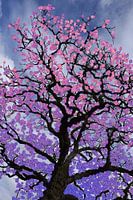 BlossomTis Veugen
BlossomTis Veugen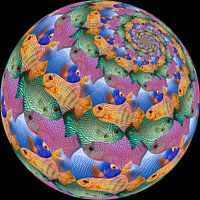 Fish Sphere SurfaceTis Veugen
Fish Sphere SurfaceTis Veugen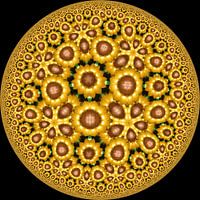 Glow SunflowersTis Veugen
Glow SunflowersTis Veugen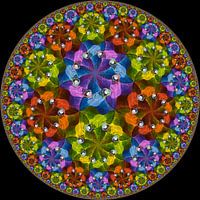 Dance of ParrotsTis Veugen
Dance of ParrotsTis Veugen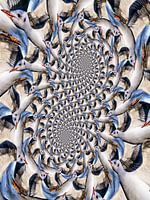 Seagull RhododendronTis Veugen
Seagull RhododendronTis Veugen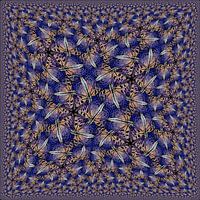 Square ButterfliesTis Veugen
Square ButterfliesTis Veugen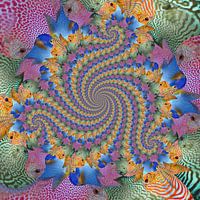 Triple Spiral of Four FishTis Veugen
Triple Spiral of Four FishTis Veugen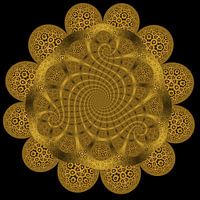 Trio Spiral of Sunflowers IITis Veugen
Trio Spiral of Sunflowers IITis Veugen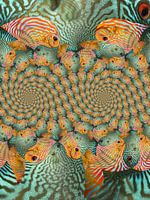 Double Spiral of Tropical FishTis Veugen
Double Spiral of Tropical FishTis Veugen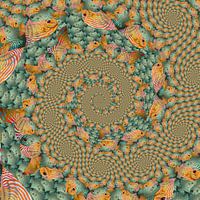 Spirals of Tropical FishTis Veugen
Spirals of Tropical FishTis Veugen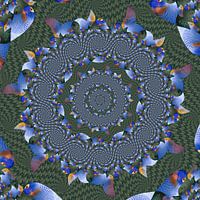 Circles of Spirals of Tropical Fish ITis Veugen
Circles of Spirals of Tropical Fish ITis Veugen Continuous Spiral of Tropical FishTis Veugen
Continuous Spiral of Tropical FishTis Veugen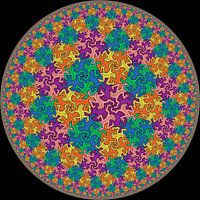 Hyperbolic LizardsTis Veugen
Hyperbolic LizardsTis Veugen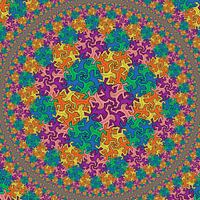 Square Hyperbolic LizardsTis Veugen
Square Hyperbolic LizardsTis Veugen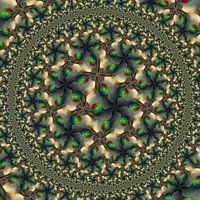 Sea lion with ballTis Veugen
Sea lion with ballTis Veugen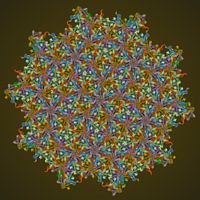 Aperiodic hawk and kingfisherTis Veugen
Aperiodic hawk and kingfisherTis Veugen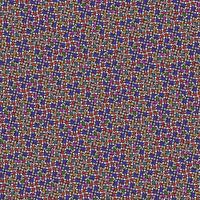 Ammann ghostsTis Veugen
Ammann ghostsTis Veugen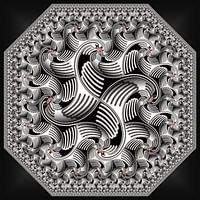 B/W Swans Octagon LimitTis Veugen
B/W Swans Octagon LimitTis Veugen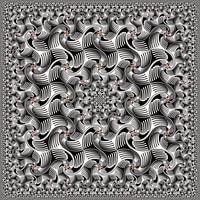 B/W Swans Square FractalTis Veugen
B/W Swans Square FractalTis Veugen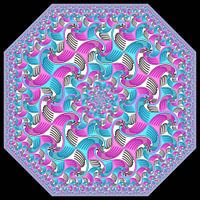 Swans Square Fractal OctagonTis Veugen
Swans Square Fractal OctagonTis Veugen
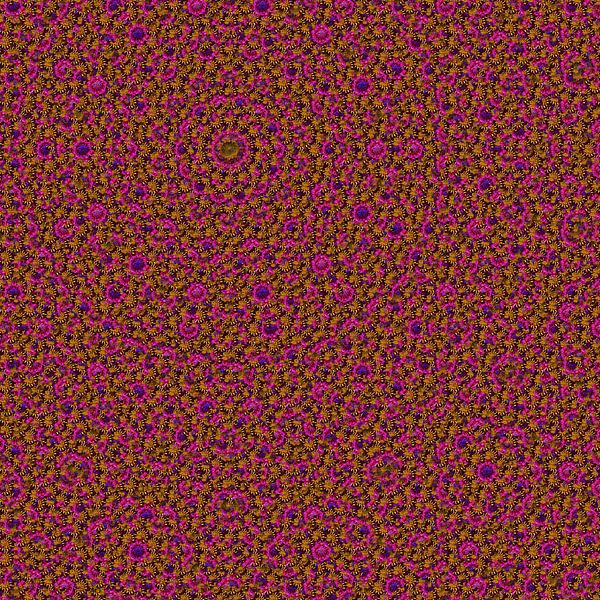


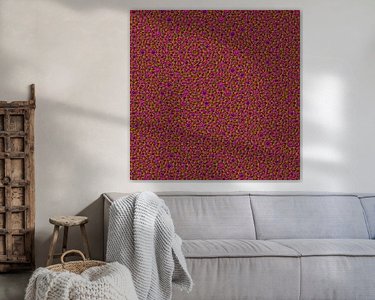


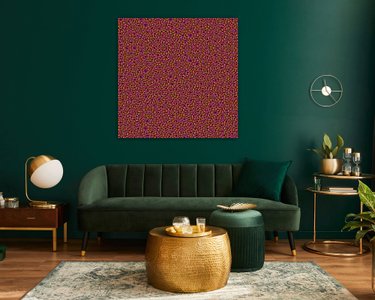






 Digital art
Digital art Flowers
Flowers Geometric
Geometric Nature and weather
Nature and weather Optical illusions
Optical illusions Sunflower
Sunflower Symmetry
Symmetry Vibrant Colors
Vibrant Colors









